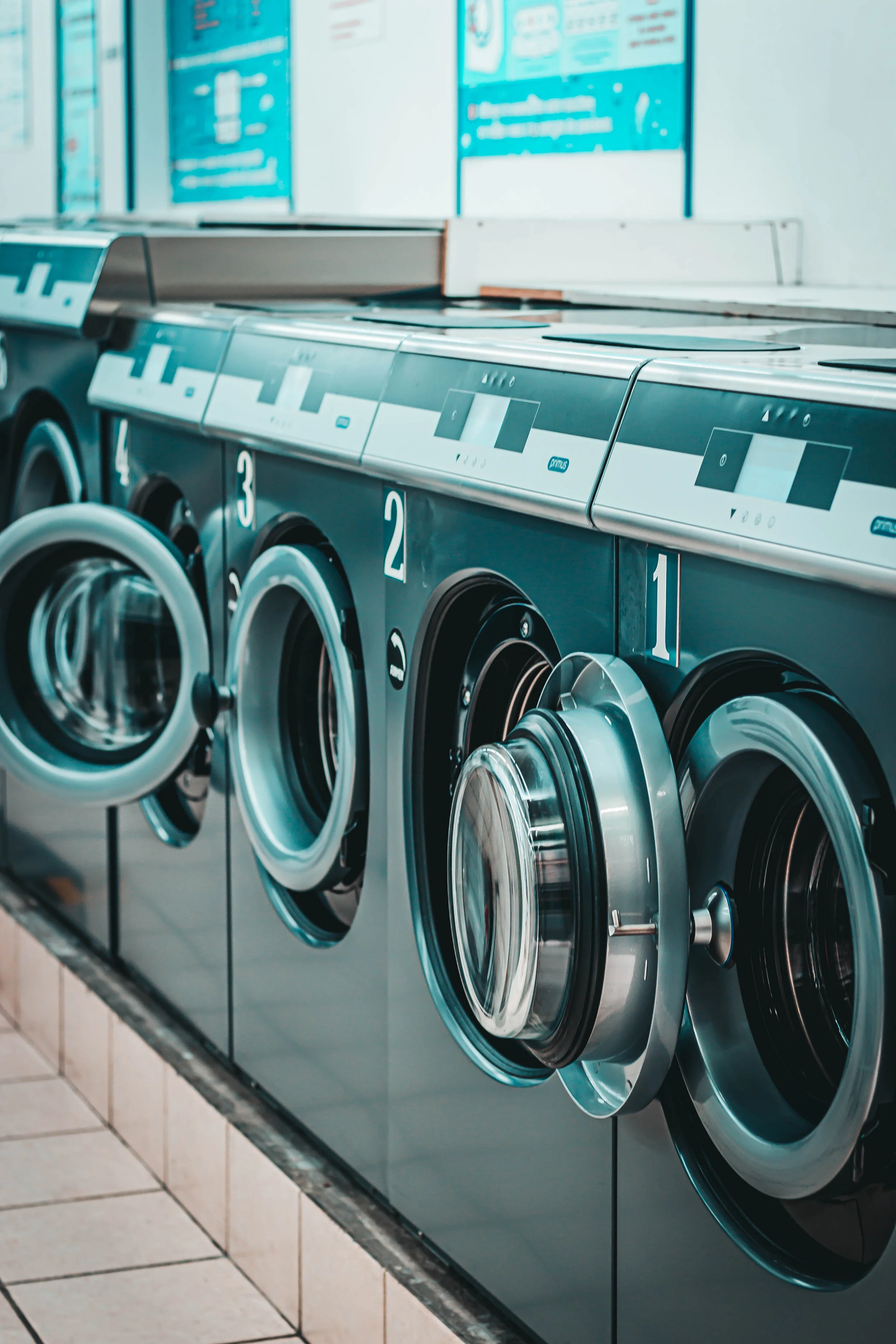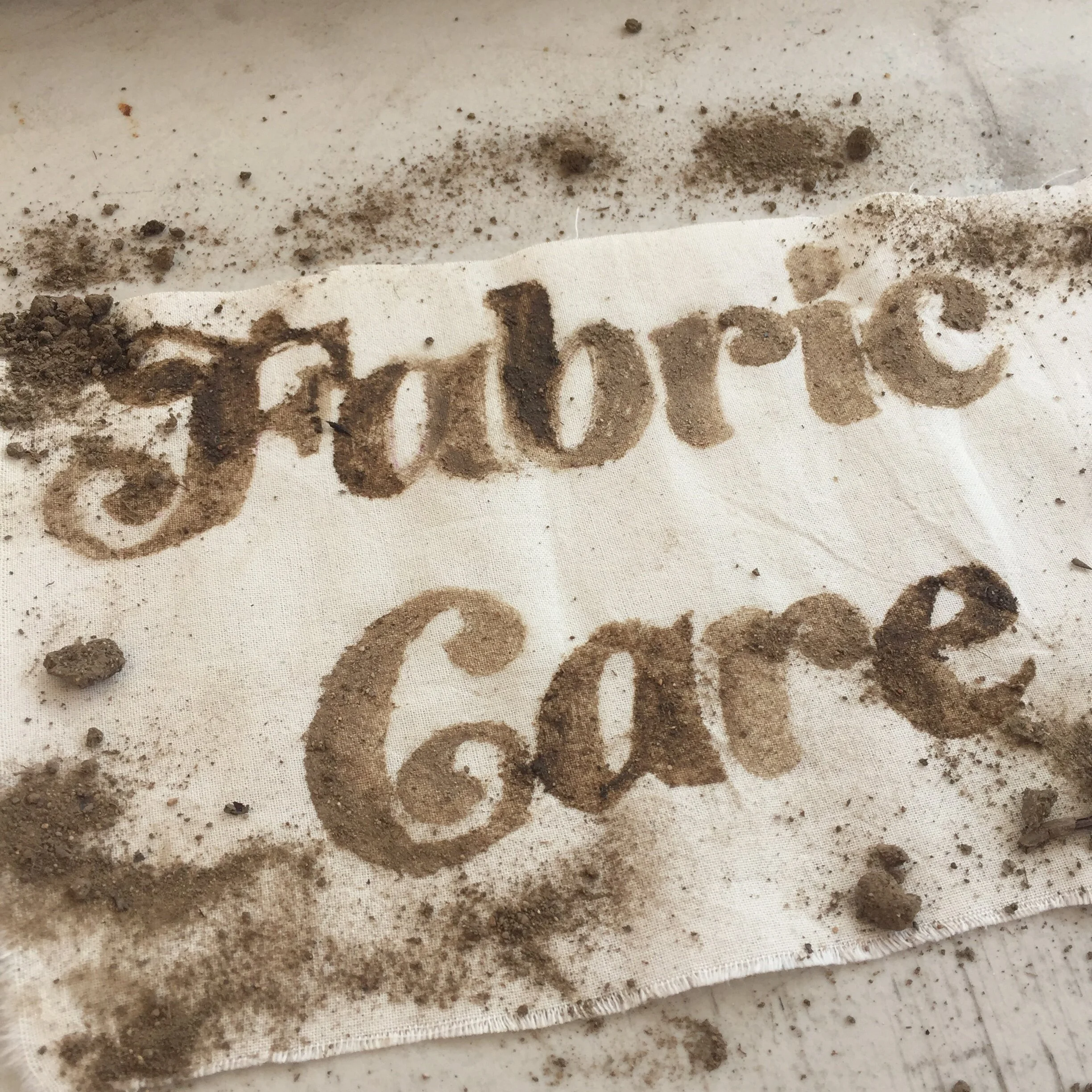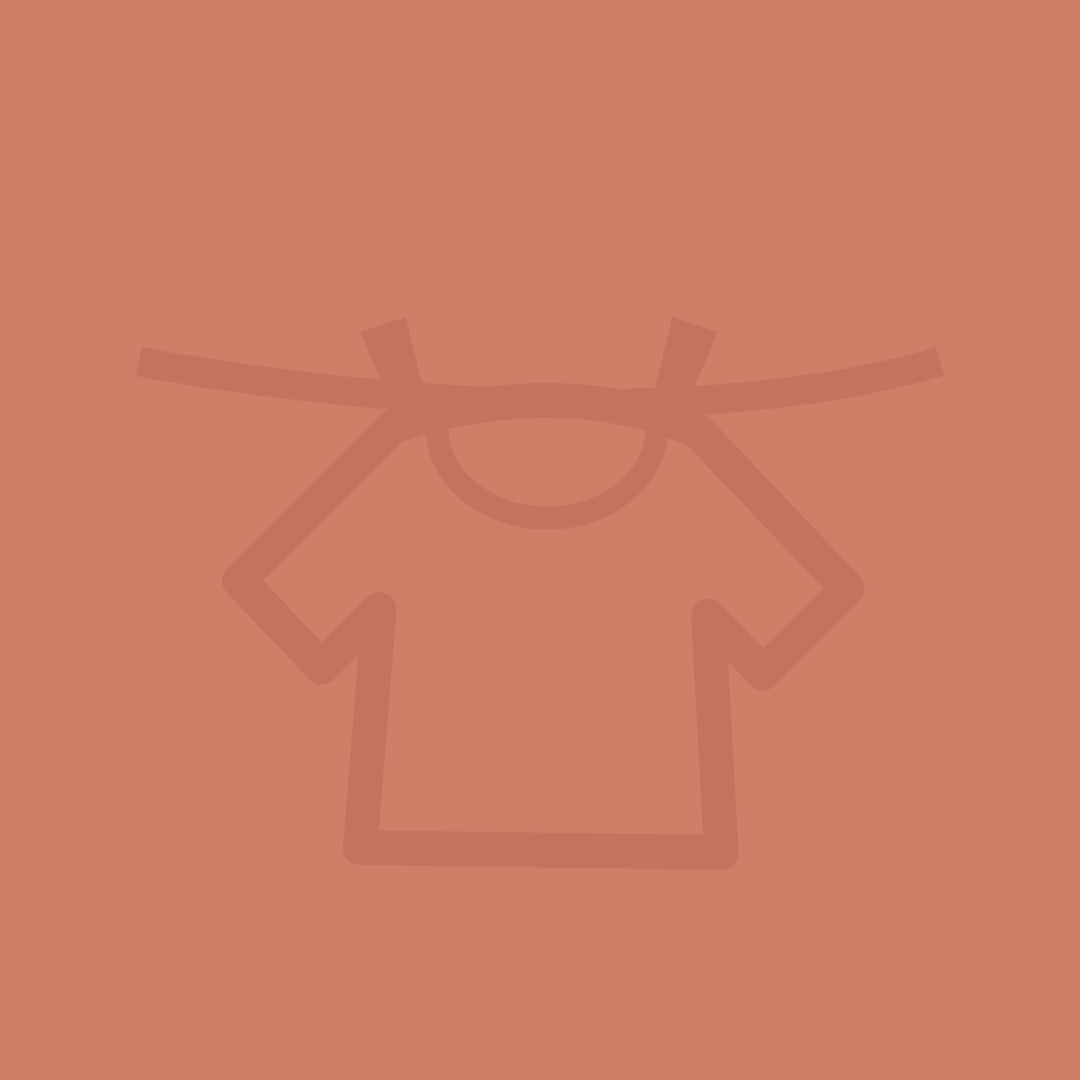Washing Your Clothes is Self-Sufficiency in Action
My mother taught me to launder my clothes at age 10. When I started college, I very quickly learned that there were a lot of people who had never done their own laundry. *Mindblown* This is Adulting 101. This post is here to answer questions and teach the skill of laundering. How can we be self-sufficient if we cower in front of our piles of dirty clothes? Yeah, you can send your clothes out to the cleaners. But wouldn’t you rather spend your hard-earned cash on something more worthwhile? Or what if a pandemic hits and you are left to your own devices to clean your clothes? In a previous post, I wrote about R.U.L.E. which stands for Repair, Upcycle, Launder, and Education. Laundering needs its own post because there is so much to this simple chore. Here is a primer for you to understand the best practices of washing your clothing.
Machine Washing
Integration is good for people, but segregation is good for clothing. You’ll keep your whites white by separating them from other colored clothing. Bright colored and dark-colored clothes have excess dye pigment that gets released during the wash. That excess pigment attaches itself to your white clothing, making it appear dingy. Colored clothing can pick up darker pigment from dark clothing which makes brights less vibrant.
Pro tip: make your life easier by having separate hampers for each color.
And never wash clothing with towels. Those fuzzy towels will deposit their excess fibers all over your clothing creating lint.
Hand Wash
Wash your delicates (bras, silk, pretty lacy lingerie, embellished clothing) and wool garments by hand. Delicates are all things that cannot take the mosh pit created by the washing machine. Use a mild soap that you would use for your skin or dish soap to wash your delicates. Wool is animal hair made of scaled proteins, soap and agitation felt or dreadlock the fibers. This usually results in a shrunken sweater. Instead of mild soap, wash wool with castile soap or hair shampoo working the soap gently through the garment.
Typography created with dirt by Alyson Toone
Embellished clothing includes anything with delicate embroidery, beads, or sequins. You want to make sure that these beautiful items stay beautiful.
Detergent, Bleach, & Fabric Softener
Purchase a good plant-based detergent without unnecessary scents and dyes. Find a local refill station that will allow you to reuse your plastic bottles or jars for house cleaning products (or start one). Detergents are generally formulated to work well in cool or warm water. Use bags for bras, other lingerie, and things with embellishment (sequin, beads, and embroidery). If you really want to own the laundering process, you can make your own detergent.
Your laundry arsenal should include vinegar, lemon, salt, baking soda, hydrogen peroxide which all low cost and can be purchased in generics. Vinegar can take away the funk (like the smell of campfires) and disinfect. Add a cup of vinegar to your load. Lemon, another acid is also great for neutralizing smells while lending its own citrus scent to your laundry.
Save chlorine bleach for disinfecting your bathroom because it tends to wreak havoc on the life of clothes. Chlorine bleach whitens clothes in the short term but in the long term, it yellows your white garments.
Fabric softener is a chemical that has been marketed as a need. It really isn’t a need. Your clothes aren’t that rough. And there are better ways to fight static.
Lingerie Bags
These are great for washing lingerie and other delicate items in the machine. You will still get your items clean without the risk of the machine whipping them around. Purchase one per color load if you need to. These bags a pretty cheap too. Bags with zippers are the best because the drawstring versions tend to loosen; releasing all your delicates to co-mingle with the other laundry.
Dry Cleaning
This is actually a wet process. It is called ’dry’ because it is a soup of chemicals that do not include water. In other words, it’s like if you just use detergent on your clothes but don’t rinse it. Use this process for less frequently cleaned hydrophobic garments made of leather, suede, or velvet. You can also bring your down-filled coats to a dry cleaner. Always remove clothing from dry-cleaning bags immediately. Those plastic bags hold in the dry cleaning chemicals which will breakdown the fibers in your garment. Your garments need fresh air just like you. Or bring your own reusable bag when you transport from the cleaners.
Cotton button-down work shirts don’t need dry cleaning but they should be professionally pressed to keep them crisp. Make the distinction to your cleaners.
All genders wear clothing and all genders can take care of clothing. Remember that gender equality starts in the home. Doing your own laundry is an act of being self-sufficient not an act of weakness.



